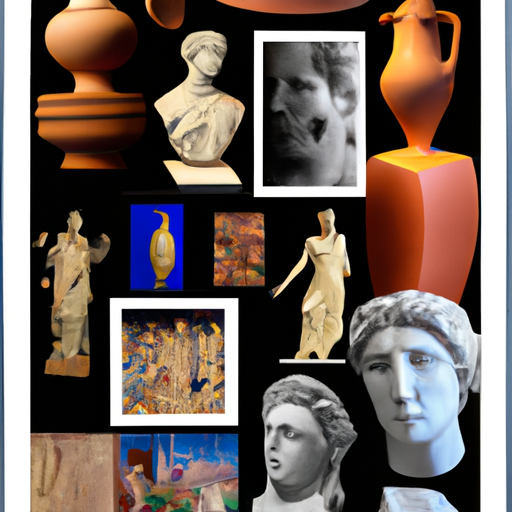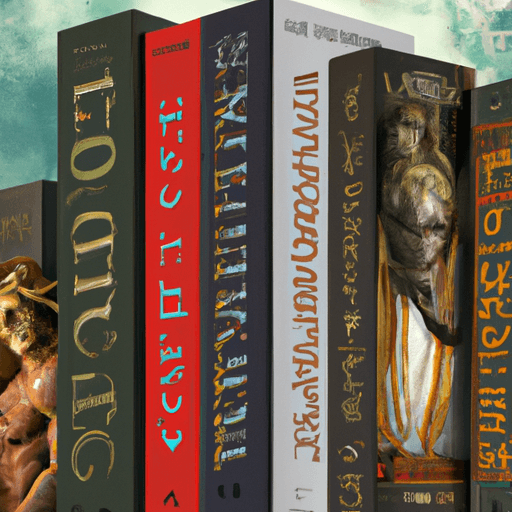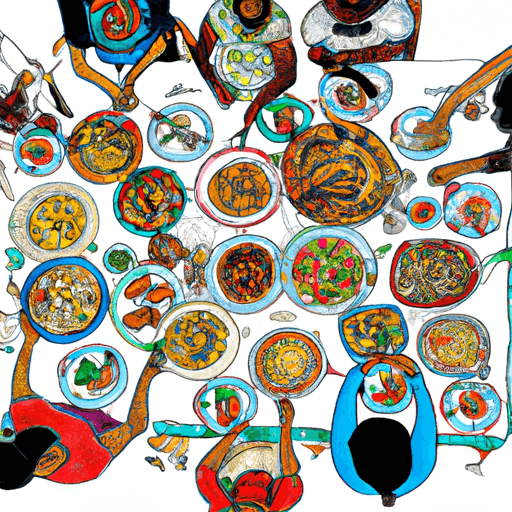Ancient Greek Influence on Contemporary Artistic Styles
The influence of ancient Greek art permeates contemporary artistic expression. This importance is reflected in the recurring themes and techniques prevalent in modern art, many of which can trace their origins back to the Archaic, Classical, and Hellenistic periods of Greece. In this article, we explore the influence of these periods on modern art and examine how modern artists have seamlessly incorporated elements from ancient Greek art into their work.
Significant Periods of Greek Art
The Archaic Era (c. 800-500 BCE)
The Archaic era is marked by its representation of the human form in a stylized manner, where figures often appear stiff and monumental. This style has been incorporated into numerous modern statues and sculptures, marking a shift from the idealized forms commonly seen in earlier artwork.
The Classical Era (c. 500-336 BCE)
The Classical era saw a breakthrough in the representation of the human body, showcasing a move towards naturalism and perfection of form. Today, this emphasis on balance, symmetry, and precision is echoed in the works of many contemporary artists.
The Hellenistic Era (c. 336-31 BCE)
The Hellenistic era brought heightened emotion, dynamism, and realism to Greek art. Modern art has absorbed these elements, emphasising expression and emotion in works of art.
Representation of the Human Form
From Michelangelo’s David to Lucian Freud’s realistic nudes, the portrayal of human form, originally exemplified in Greek art, continues to dominate modern artistic styles. This is often credited to the Greeks' revolutionary approach to depicting realistic and idealised human bodies.
Mythology and Symbolism
Ancient Greek mythology and symbolism have long been a source of inspiration for many contemporary artists. This can be found in works such as Picasso’s 'Minotauromachy' which reference Greek myths, effectively proving their ageless allure and profound influence.
Balance and Proportion
In many ways, the tradition of emphasizing balance and proportion in art began with the Greeks. This persists in modern architecture, sculpture, and design, indicating a continuous adherence to the aesthetic values set by ancient Greek artists.
Conclusion
Ancient Greek art undoubtedly played a fundamental role in the evolution of artistic expression. The echoes of Greek art can still be seen in the works of many contemporary artists, who continue to draw inspiration from its various elements. This speaks to the timeless nature of Greek artistic contributions and their persistent influence on the art world.

















Comments
Leave a Comment